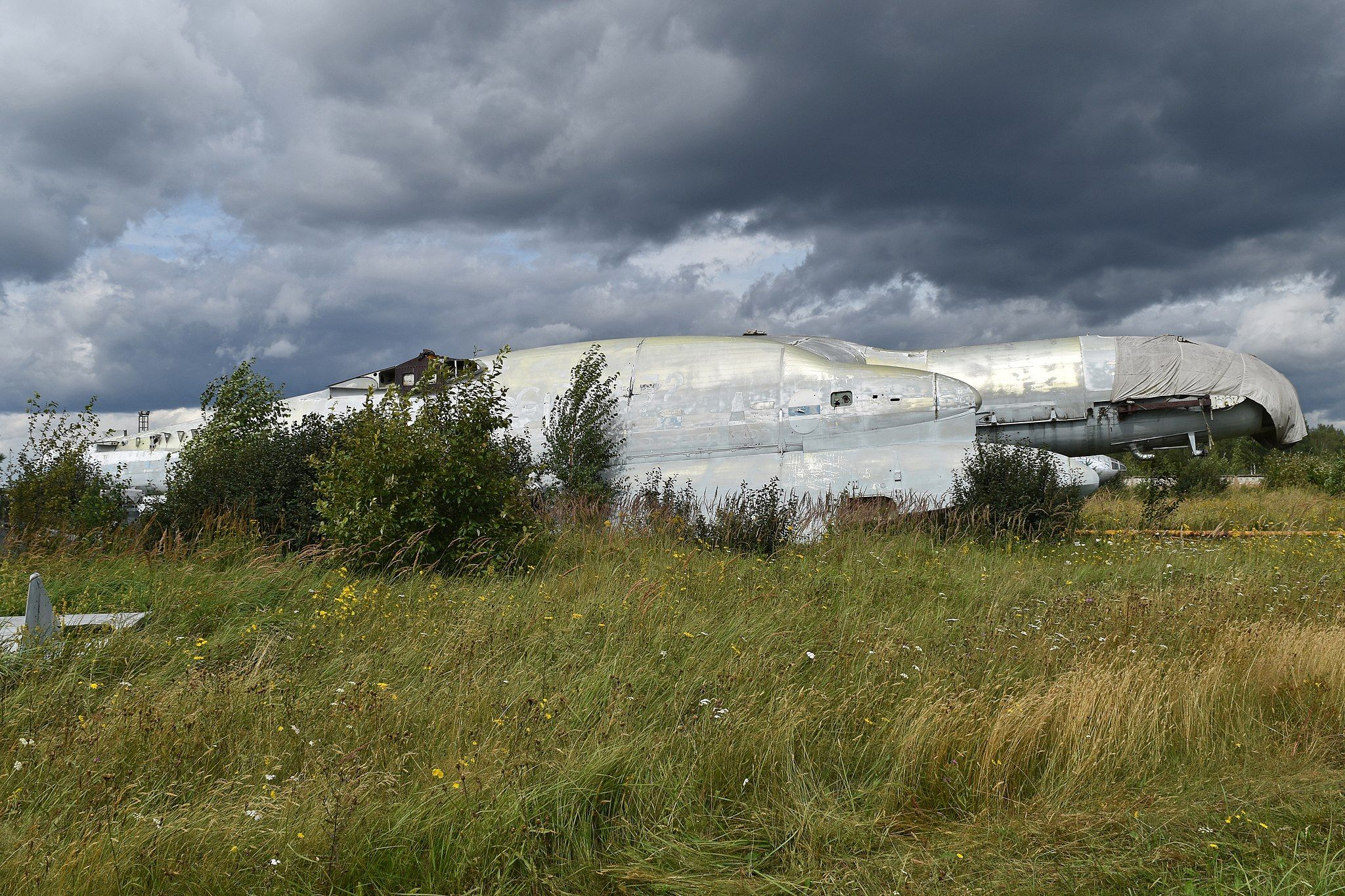Summary
- The Bartini Beriev VVA-14 was a unique amphibious aircraft designed during the Cold War to counter a certain threat.
- With its 14 engines and unconventional design, the VVA-14 could reach speeds of up to 472 miles per hour.
- Despite its groundbreaking features, the VVA-14 never entered active service.
Throughout aviation history, there are aircraft that have become legendary, their names known to enthusiasts and the general public alike. Then, there are hidden gems that remain hidden in the shadows of obscurity, known only to a select few – like the Bartini Beriev VVA-14.
Born of a perceived threat
The Bartini Beriev VVA-14 is a remarkable amphibious aircraft that defied convention during the Cold War era. Its story began in the 1970s when designer Robert Bartini teamed up with the Beriev Design Bureau, a prominent Soviet aircraft manufacturer specializing in amphibious aircraft.
The goal was to create an aircraft that could operate seamlessly in both the air and water in order to destroy a perceived threat: the United States Navy’s Polaris missile submarines. This led to the birth of the first VVA-14 prototype in 1972.
A 14-engined aircraft
The Bartini Beriev VVA-14 was unlike any other aircraft of its time. Its name was an acronym for Vertikal’no-Vzletayuschaya Amphibia, meaning “vertical take-off amphibious aircraft.” The numerical suffix signified the number of engines it had.
Powered by a combination of two cruising and 12 lift turbofan engines, the aircraft was designed to reach speeds of up to 472 miles per hour (760 km/h). It had a range of 1,522 miles (2,450 km) and could fly up to 32,800 feet (10,000 meters).
A quirky design
The VVA-14’s unique design featured a massive central fuselage that resembled a submarine with wings. The amphibious plane, which was 85 feet and 2 inches (25.97 meters) long, had a wingspan close to 99 feet (30 meters) and could accommodate three crew members.
It was designed to take off and land without a runway while being able to fly well at high altitudes. Using the ground effect, this aircraft could fly just above the water’s surface.
The aircraft that never was
Despite its groundbreaking design and capabilities, the Bartini Beriev VVA-14 never entered active service. Bartini passed away in 1974, and the project came to an end. Only two of the three planned prototypes were built, with the sole surviving aircraft today sitting in a dilapidated state in a field near Moscow – the second prototype having been dismantled.
While the VVA-14 never fulfilled its intended role, it remains a fascinating chapter in aviation history, providing a glimpse into Bartini’s unique mind. Speaking to CNN, Soviet aviation historian Andrii Sovenko recounted the time he met Nikolai Pogorelov, who was Robert Bartini’s deputy during the design process of the VVA-14:
“According to Pogorelov, Bartini was a visionary who had an unusual mind and character. It seemed that he was not from his time, but from some other era – someone even called him an alien. Without a doubt, Bartini has left a mark in Soviet aircraft building. However, he became famous mainly for his ideas and concepts, and only a few of those actually became reality.”
Source: CNN


